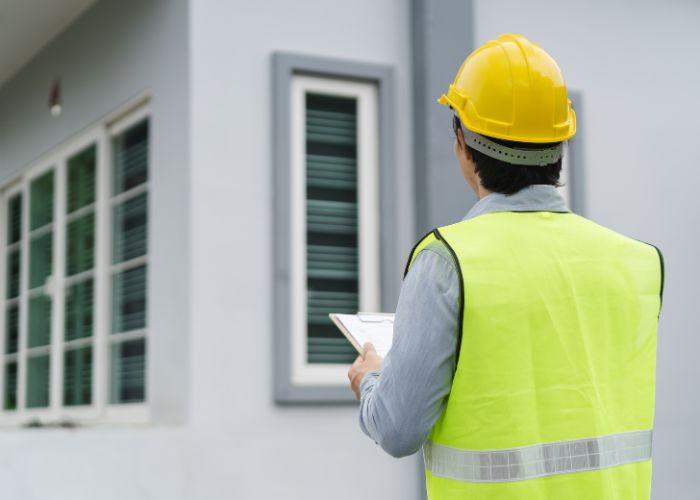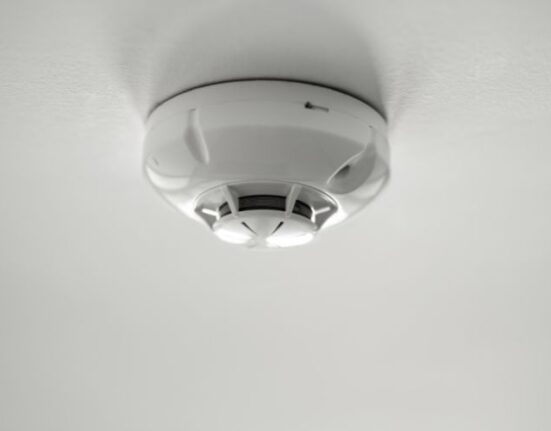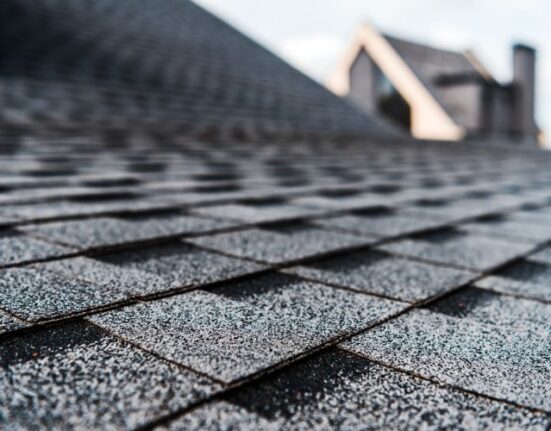With the rebirth of spring comes the return of major storms. From heavy rain and hurricanes to other serious weather systems, storm season can bring a lot safety concerns to your home. That’s why it’s important to evaluate your property after a big storm to identify any damage that occurred. Finding and addressing problems quickly helps you file insurance claims, hire the right contractors, and regain peace of mind about your home’s safety and comfort. Once the skies clear, follow these tips for inspecting your home after a storm.
Take a Lap Around the Exterior
The first thing you want to do after a storm is walk around the outside of your home. A visual inspection of the exterior helps you quickly identify any major issues. Look for damage to the glass or frames of windows and doors. Inspect your siding for water damage or missing pieces.
You should also look around the rest of your property. Inspect exterior buildings such as sheds for storm damage. Keep an eye out for fallen branches, damaged power lines, and pooling water in the yard or near the foundation.
Pay Close Attention to the Roof
Your roof is one of the most vulnerable parts of your house during a storm. As you examine your home, keep an eye out for missing or damaged shingles. It’s also crucial to assess your gutter system for damage after a storm. Look for cracks in the gutter or places where it’s pulling away from the house. Make sure your gutter system is draining properly, too. Also, check for branches, leaves, or other debris potentially clogging your gutters. Look inside your home for signs of leaks or other water damage in the attic or along the ceiling.
Look for Visual Damage Inside
It’s also important to look for interior damage when inspecting your home after a storm. Water damage can show up as stains or discoloration on interior walls. You should also keep an eye out for bubbles in the paint, soft drywall, and warping of walls, ceilings, and floors.
Remember, visible water damage is often an indicator of deeper structural damage. Be careful when moving or working around floors, walls, and other areas with signs of water damage.
Be Careful With Electrical Systems
Electrical systems also demand extra attention after a storm. The first step when evaluating electrical networks, HVAC units, or other systems is to shut the power off. Inspect the system for visible problems like exposed or damaged wiring, discoloration or water stains around the system, or any nearby flooding. Take note of any outlets, switches, and other devices that aren’t working properly.
Remember, electrical issues are extremely dangerous—especially when water is present. Always hire an experienced electrician to handle any electrical repairs after a storm.

















